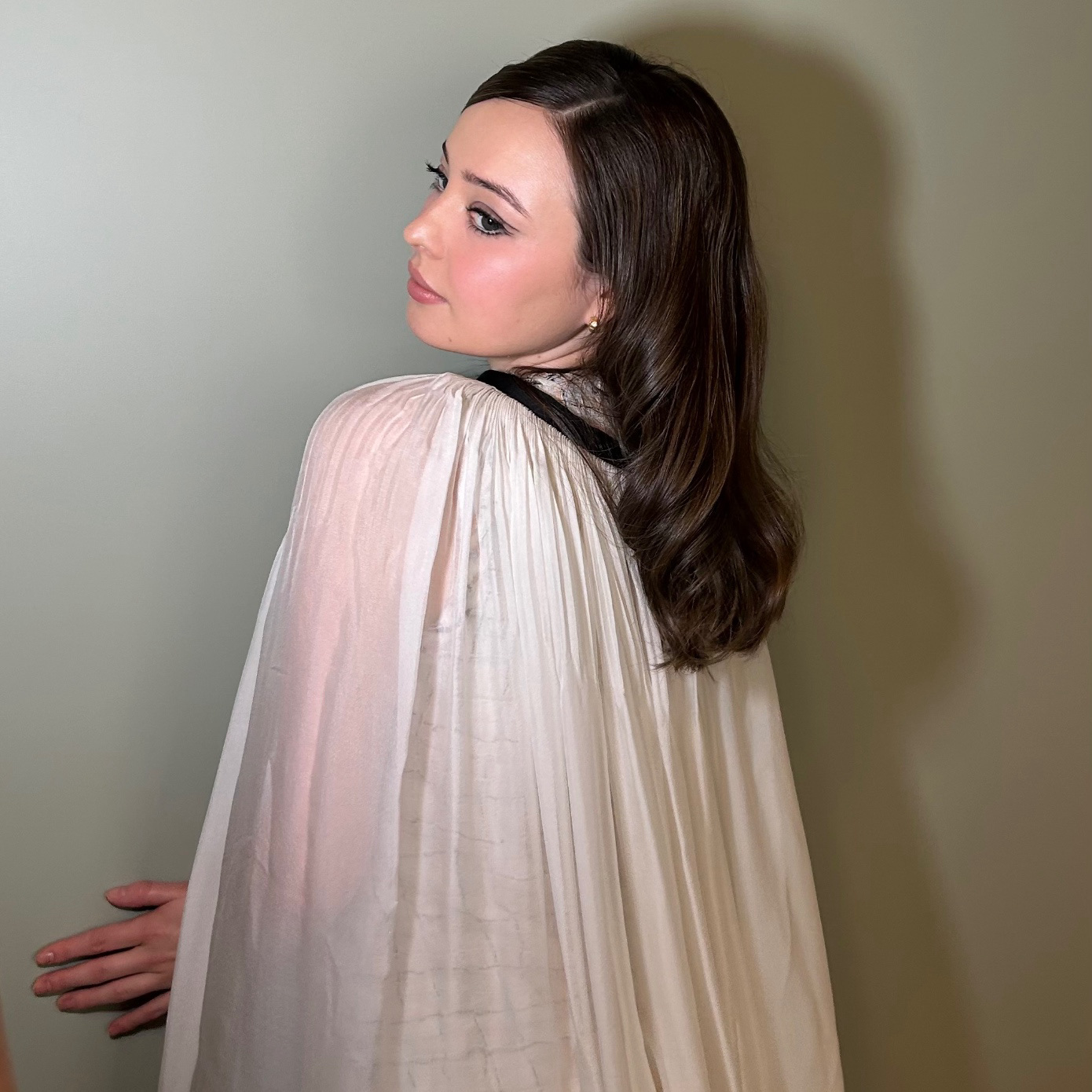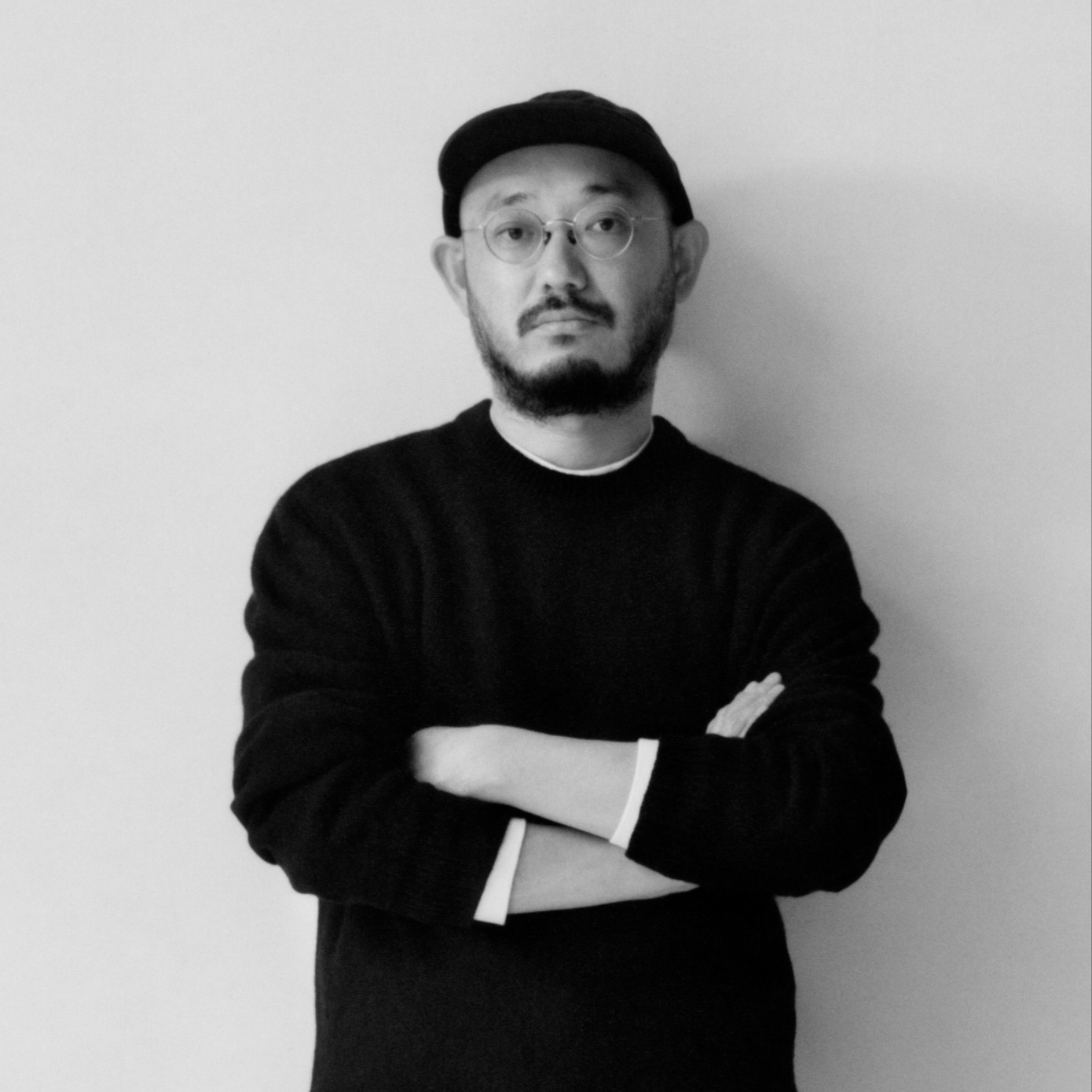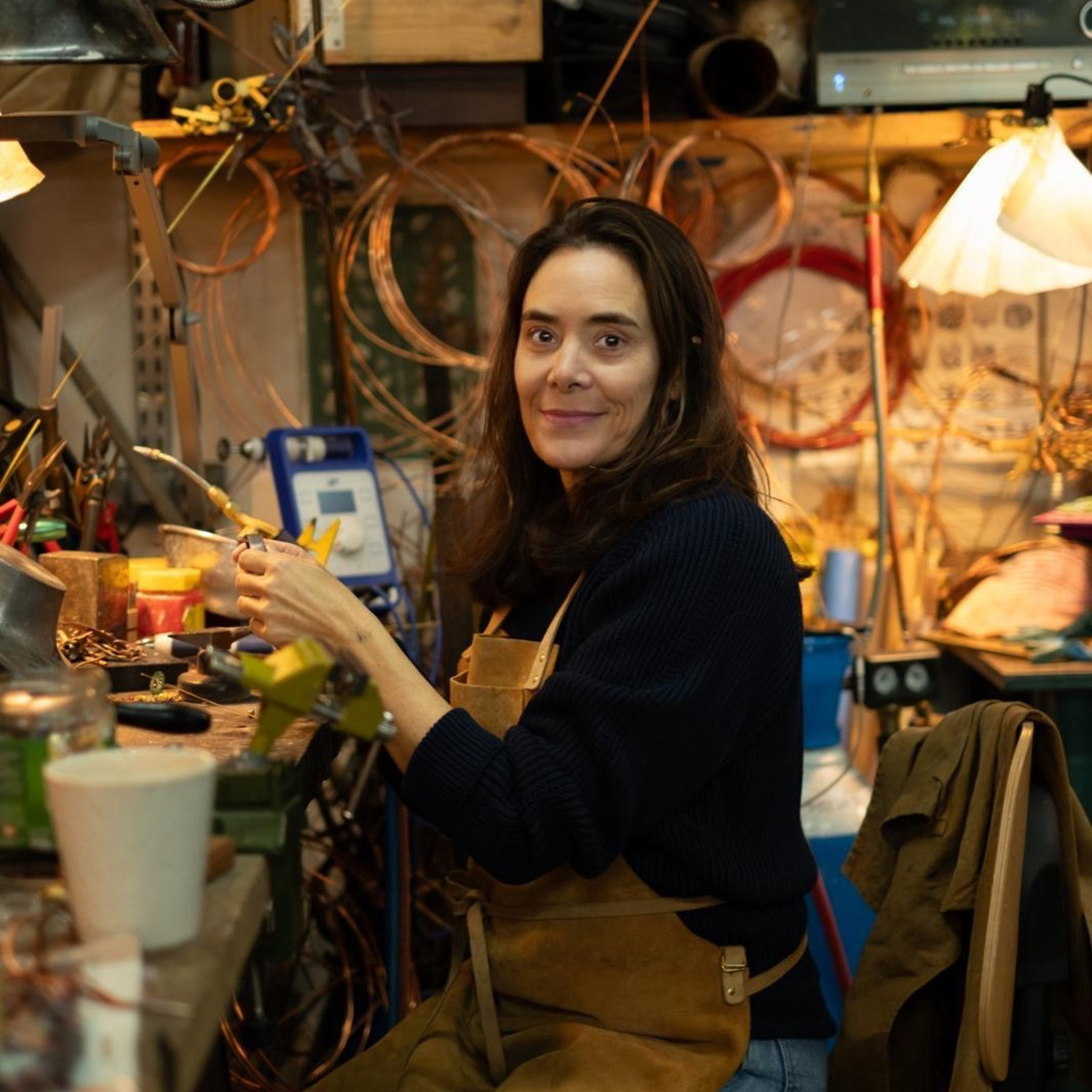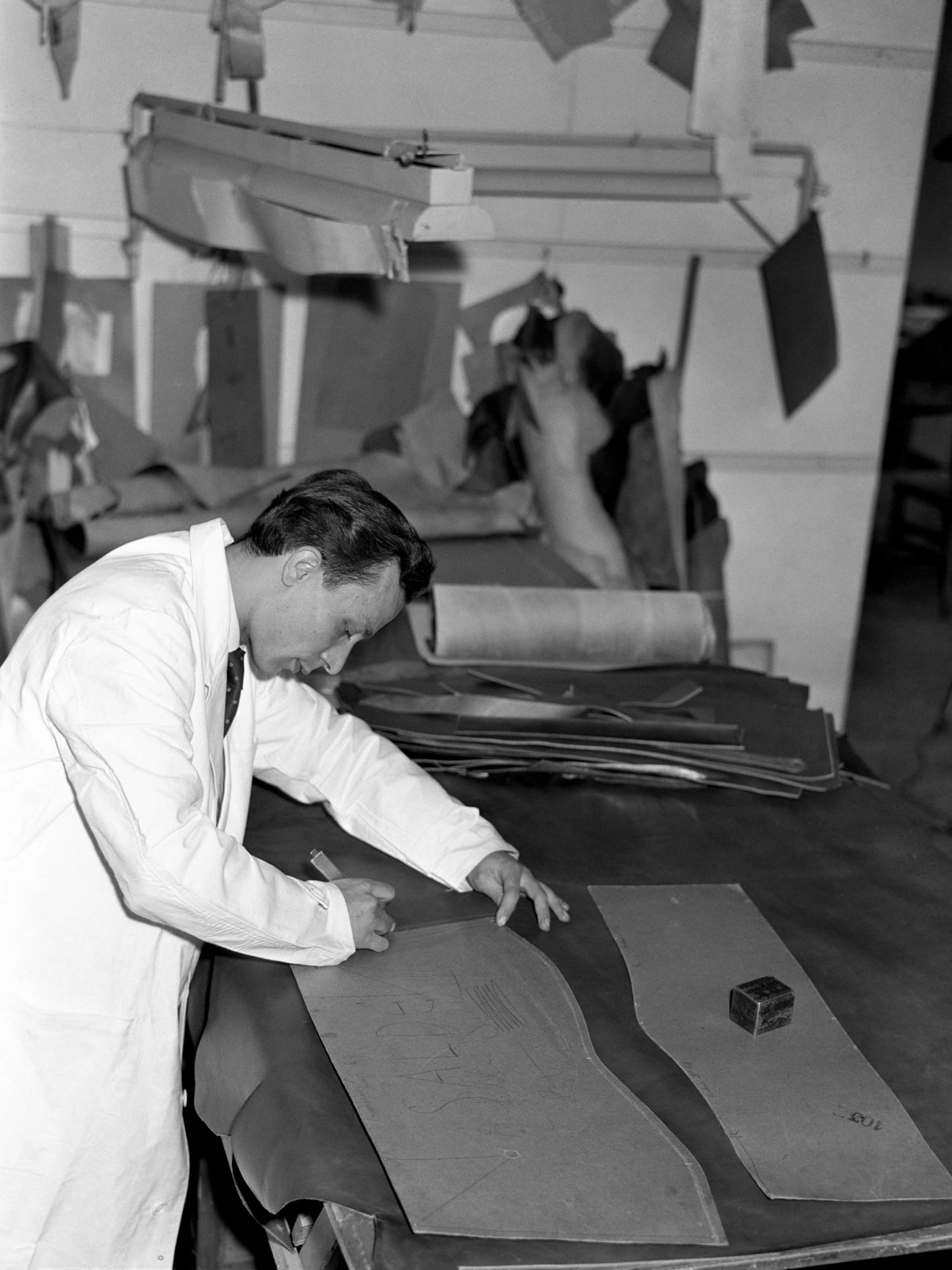
How do you showcase more than a century’s worth of design without falling prey to nostalgia? That is the question Maria Luisa Frisa was tasked with answering as the curator of “Gucci Cosmos.” For the theorist and critic, the expansive archival exhibition, which opens tomorrow in Shanghai before touring the world, offers a deep dive into the Italian fashion house’s past and present—and the unique and inspiring ways they intertwine.
“It’s an extraordinary opportunity to traverse the universe of Gucci and tell its story through the ever-different lens of the clothes, objects, elements, people, and contexts that have made the house an iconic trailblazer,” says Frisa, who worked with artist Es Devlin to spotlight the house’s gift for reflecting and shaping culture over the last century. From the brand’s beginnings as the namesake luggage atelier of Guccio Gucci to its more contemporary years under the leadership of visionaries like Tom Ford and Alessandro Michele, “Gucci Cosmos” highlights iconic designs—like the red velvet suit Gwyneth Paltrow wore to the 1996 MTV Video Music Awards—alongside never-before-seen artifacts plucked from its archives. The exhibition serves as a sweeping survey of the brand’s legacy ahead of the arrival of its newest creative director, Sabato De Sarno, who will debut his first collection at Milan Fashion Week in September.
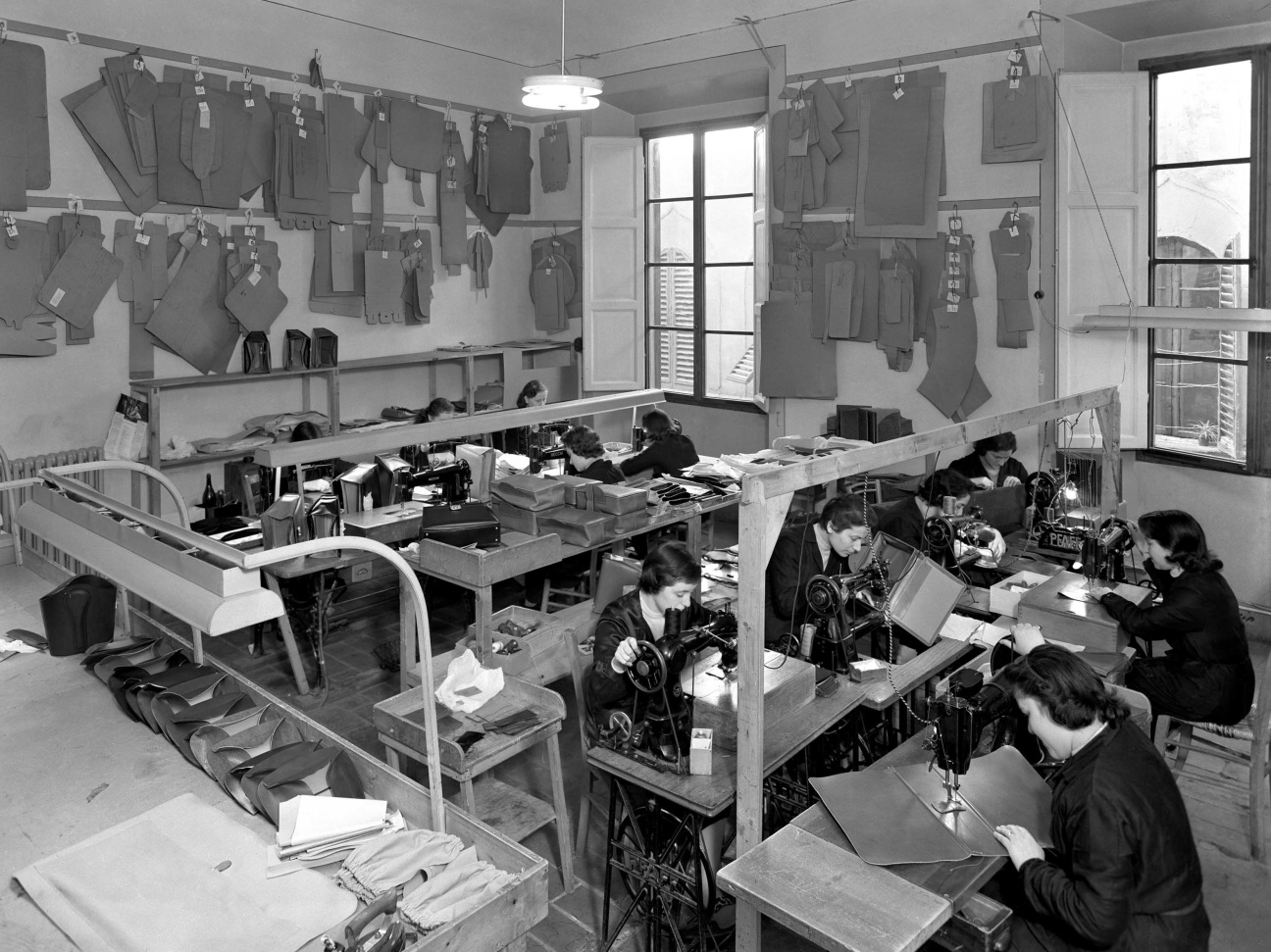
The immersive exhibition, opening at West Bund Art Center in Shanghai, consists of eight rooms that spiral through Gucci’s creative eras. Devlin is known for the futuristic and abstract productions that she has termed “stage sculptures’’—like the wooden conical Poem Pavilion that she devised for the U.K. Pavilion at Expo 2020 Dubai, which featured a series of massive poems written through visitor interaction and A.I., or Room 2022, a 7,000-square-foot labyrinth at Art Basel Miami Beach in 2017. The artist applied her unique practice of combining geometric arrangements with audio and visual mapping to Gucci’s archive, creating a cyclical layout for the show that, when viewed from above, resembles a series of interlocking cogs—a nod to the industrial heritage of the Shanghai space. “Gucci and its history over the past century can be mapped through an ability to evolve and expand on the mutability of our own consciousness, as well as its ability to make cognitive shifts,” says Devlin.
The harmony of Frisa and Devlin’s creative partnership is evident in the seamless alignment of the show’s curation and its design—each gallery tells a story through a mixture of objects, light, and sound. Guests enter through eight revolving doors reminiscent of the years that the brand’s founder spent as a porter at London’s Savoy Hotel. A rotating display of suitcases dating from the 1920s to the present takes viewers on a journey across far-flung locales over the decades. The next room is an homage to the brand’s equestrian heritage—namely its signature horsebit motif, which adorns leather handbags and shoes and is printed on silk scarves. Flora, a classic Gucci pattern that depicts a romantic tangle of flowers and insects, serves as the theme for the exhibition’s third space, where larger-than-life creatures taken directly from the pattern are suspended in a mirrored alcove above iconic garments, including a silk mini dress from 1969 and Michele’s iconic denim jacket embroidered with the house’s slogan, "L’Aveugle Par Amour."
As “Gucci Cosmos” winds onward, guests are confronted by two nearly 30-foot-tall statues highlighting Gucci’s penchant for genderless dressing. The space spotlights a number of pivotal design moments, including Michele’s Twinsburg Spring/Summer 2023 collection, in which identical twins modeled matching looks. The next room is for handbag lovers, spotlighting notable pieces such as the Diana, the Jackie, and the Bamboo. Nearby, an enormous cabinet of curiosities display punk-inspired Gucci designs, including a spike-encrusted leather bag, deer-shaped beakers, and a Ford-era electric guitar.
The penultimate display highlights 30 Gucci looks that speak to the brand's enduring dialogue between modernity and heritage. Drawings by local artists are projected onto a mesh background, a display that links the exhibition to its host city. A final moment of awe awaits visitors at the exit: two large-scale reproductions of the 15th-century Santa Maria del Fiore cathedral in Florence, where Gucci was founded. The brand’s scarf patterns light up the walls, creating a striking kaleidoscopic effect that marks the exhibition’s culmination—a fitting ode to the brand’s origins, and its enduring source of inspiration.
"Gucci Cosmos" will be on view April 28 through June 25, 2023 at the West Bund Art Center in Shanghai.

